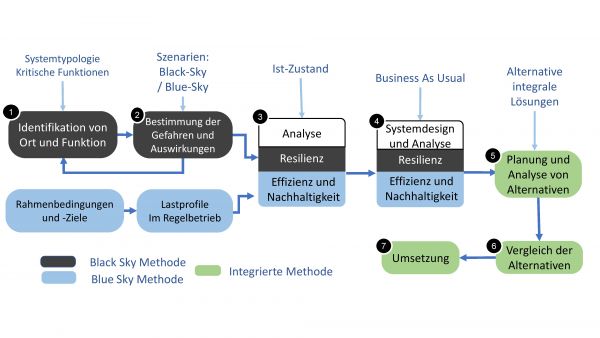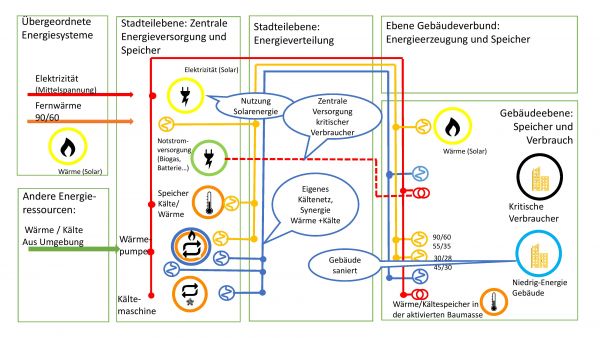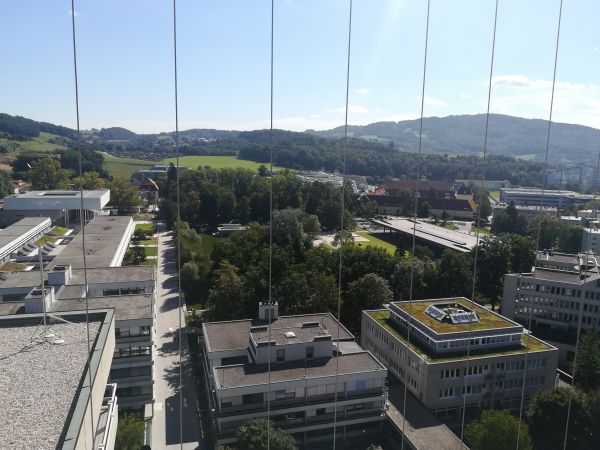IEA EBC Annex 73: Towards Net Zero Energy Resilient Public Communities
Short Description
Until recently, most planners of public communities - for example military and university campuses - have addressed energy systems for new facilities on an individual building basis without consideration of energy sources, renewables, storage, or future energy generation needs. This situation in planning and execution of energy-related projects does not support attainment of current energy reduction goals or the minimization of costs for providing energy security.
In contrast to other countries, Austria has not experienced energy shortages or large-scale energy supply failures in recent decades.
Due to the changes caused by climate change, increasing demands on supply security and the need to stop use of fossils fuels, it is necessary actively plan for resilient local energy supply systems that can supply system-relevant infrastructure, e.g. data centers, educational institutions and hospitals when needed.
The focus must be on the use of energy from local, renewable sources. By jointly investigating, reducing and optimizing the heating, cooling and electrical energy needs of several buildings, significant energy savings and increased security of supply can be achieved. The current standard process of design and construction does not lead to an overall achievement of the energy targets in the Energy performance of buildings directive (EPBD), nor does it reduce the cost of energy security.
In order to improve the situation, it is necessary to provide planners with target-oriented tools to consider buildings and their supply systems in an integrated way. In addition to a planning process that includes resilience, a calculation and simulation tool was developed in the project and tested in pilot studies. In the process, the resilience of buildings and their energy supply systems is assessed. The process flow and the assessment tool promote innovative energy supply models and distribution strategies.
The developed integrated planning procedure and supportive tools were applied to test beds in different countries, in order to analyze their potential and barriers.
Project Images
Terms of use: The pictures listed underneath the header “Project Pictures” originate from the projects in the frame of the programmes City of Tomorrow, Building of Tomorrow and the IEA Research Cooperation. They may be used credited for non-commercial purposes under the Creative Commons License Attribution-NonCommercial (CC BY-NC).
Participants
Australia, Denmark, Norway, Germany (Operating Agent), Canada, Austria, United Kingdom, United States of America (Operating Agent)
Contact Address
Ingo Leusbrock
Feldgasse 19, 8200 Gleisdorf
E-Mail: i.leusbrock@aee.at
Heimo Staller
Feldgasse 19, 8200 Gleisdorf
E-Mail: h.staller@aee.at
Franz Mauthner
Feldgasse 19, 8200 Gleisdorf
E-Mail: f.mauthner@aee.at
Anna Maria Fulterer
Feldgasse 19, 8200 Gleisdorf
E-Mail: a.m.fulterer@aee.at



